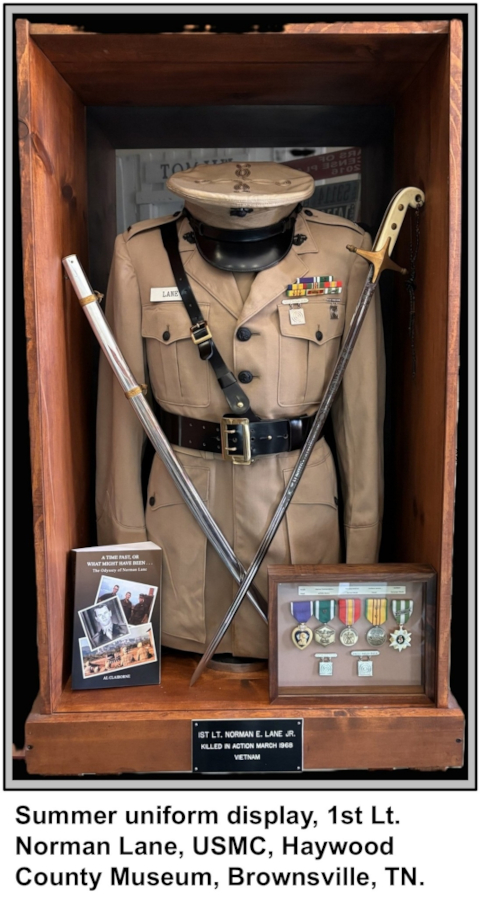Mission StatementThe Memorial Project organized to recognize the life of Norman Lane Jr. provides a retrospective—largely through his eyes—on America in the 1960s. The historical objective is to promote a deeper comprehension of the Vietnam War—the war that took First Lieutenant Lane's life—with a focus on the years 1965-1968. Project History: 2014–present2014: The Norman Lane Jr. Memorial Project was begun in February, 2014, and was granted formal 501(c)(3) nonprofit status that November. The Board includes Vietnam veterans, friends and contemporaries from Norman's time at Vanderbilt, and members of the Taylors of Tabernacle family. In 2014, the Project raised over $11,000; these funds supported the July, 2014, Memorial Tribute event and the production of the memorial plaque that was dedicated 2 years later. More than 130 people attended the tribute to Norman, held at Tabernacle United Methodist Church near Brownsville. Four Marines and Navy Corpsmen from Lt. Lane's battalion in Vietnam, including his Brownsville friend and brother-in-arms, Allen Willyerd, were included. The video (76 minutes) of this event, including talks by Allen and a second Vietnam veteran, John Carloss, can be viewed here. Photographs from the July, 2016, dedication of the memorial plaque at Tabernacle Cemetery can be viewed below: 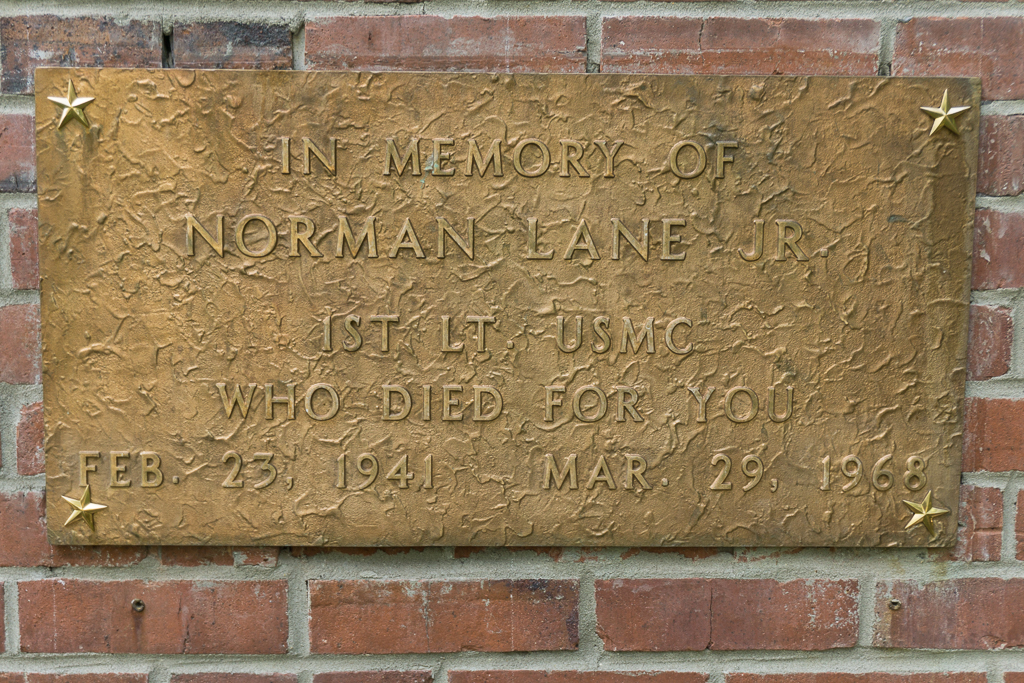 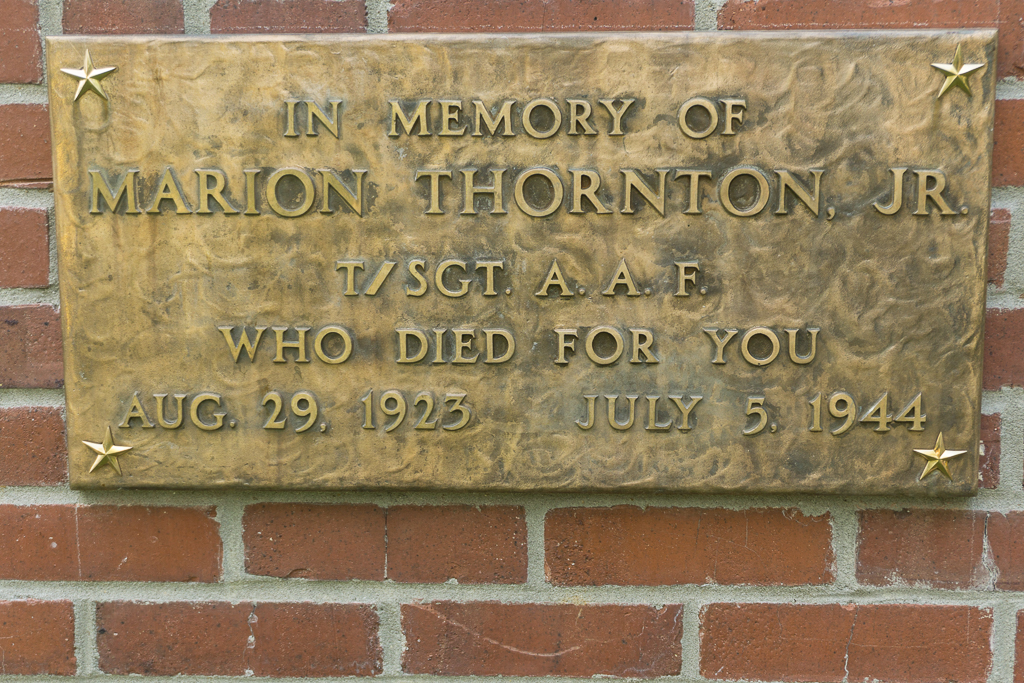 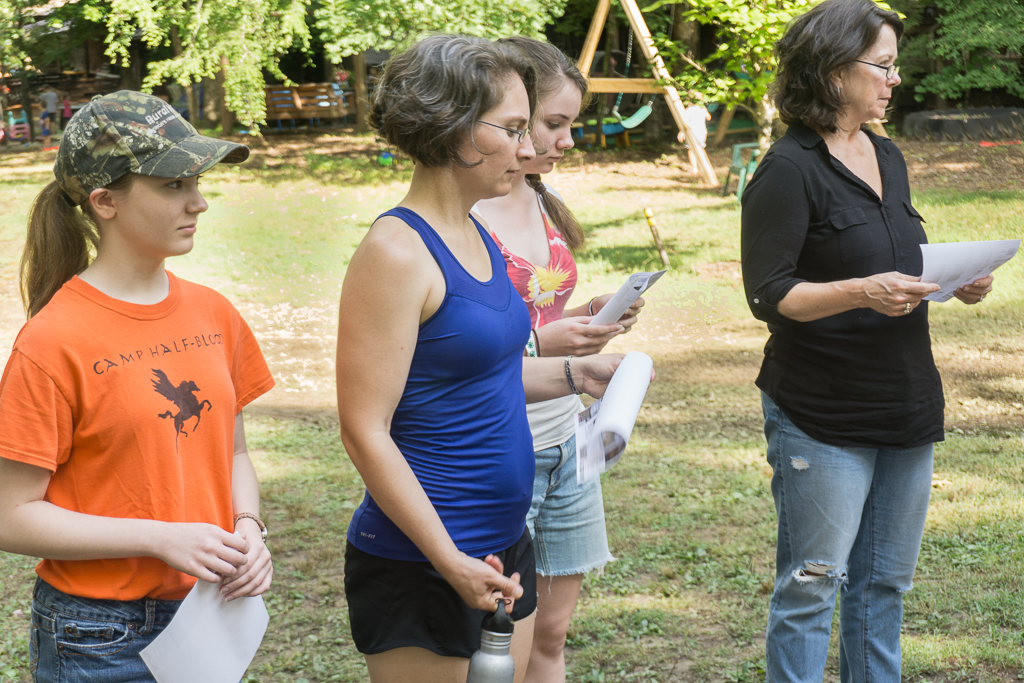 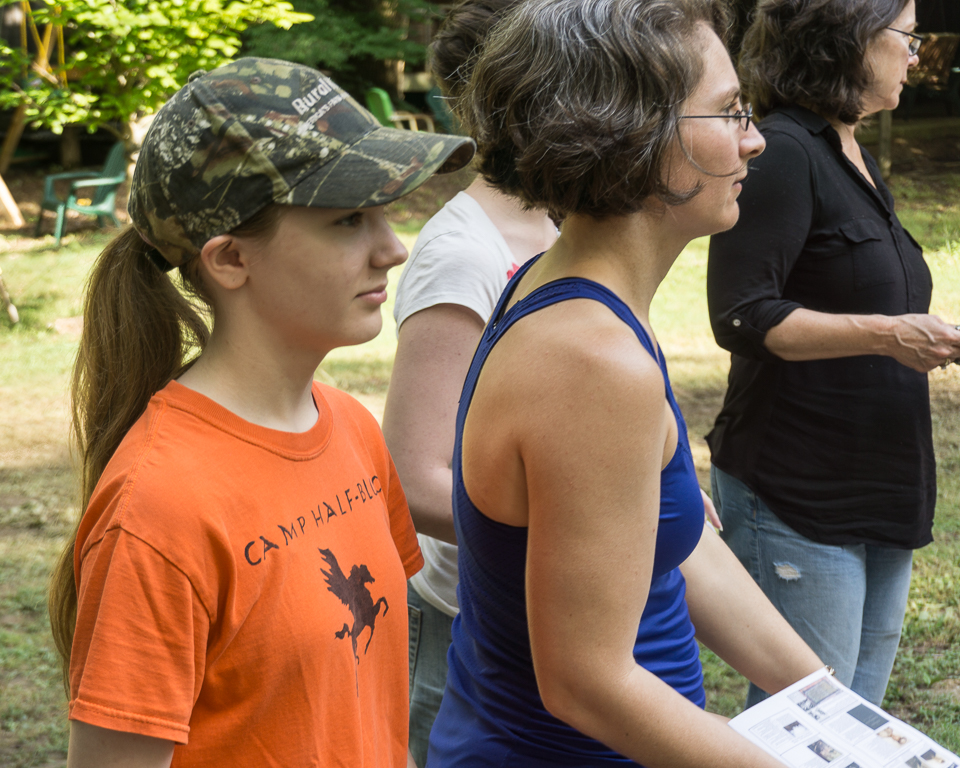 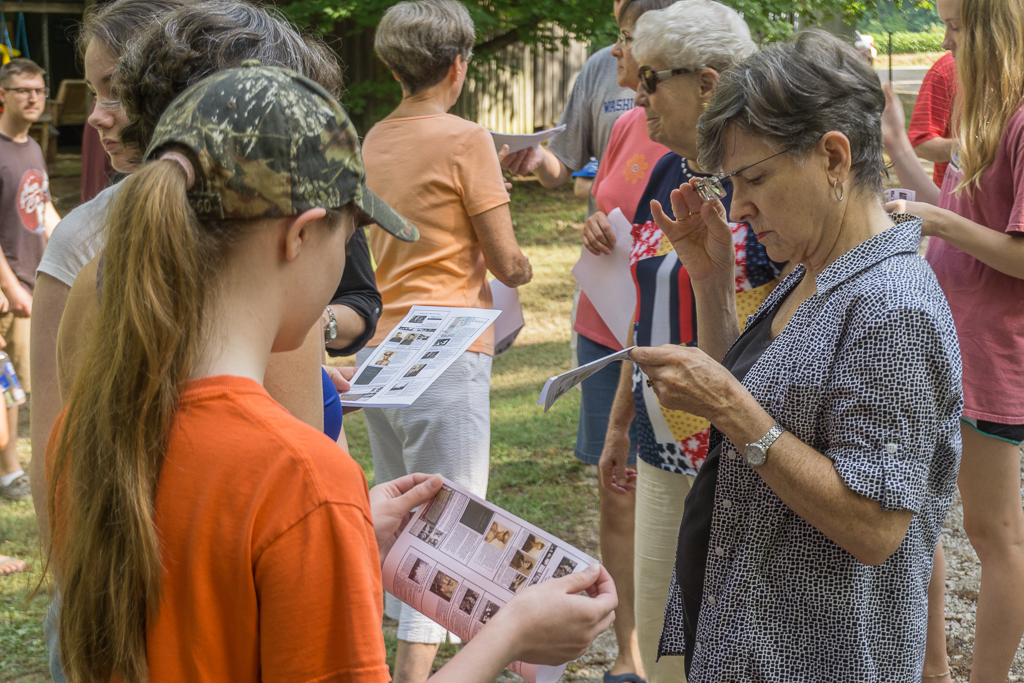  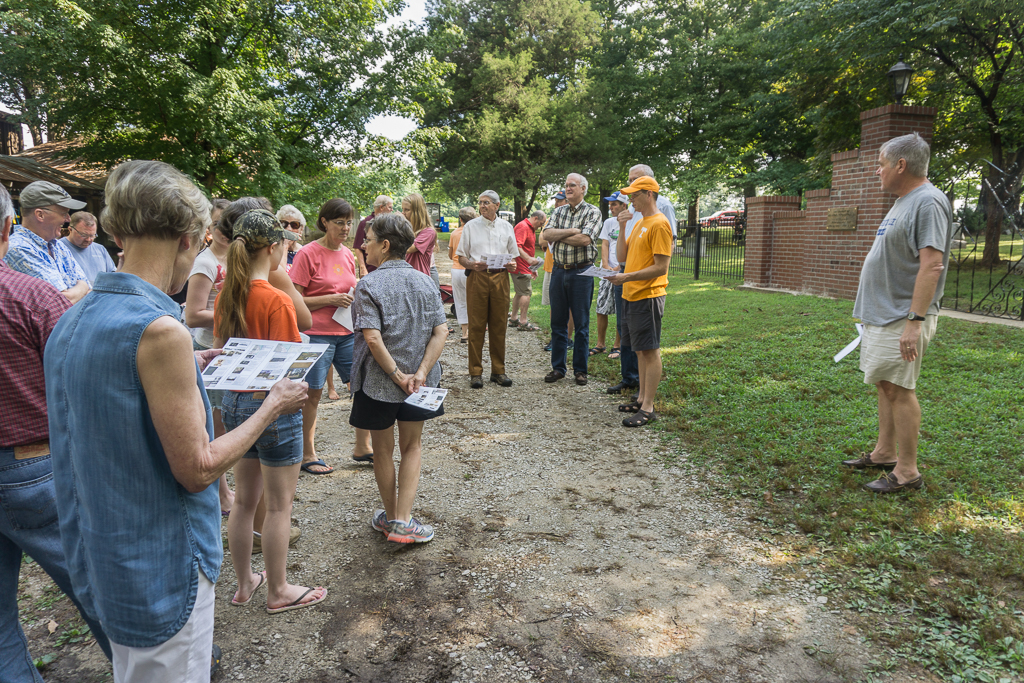 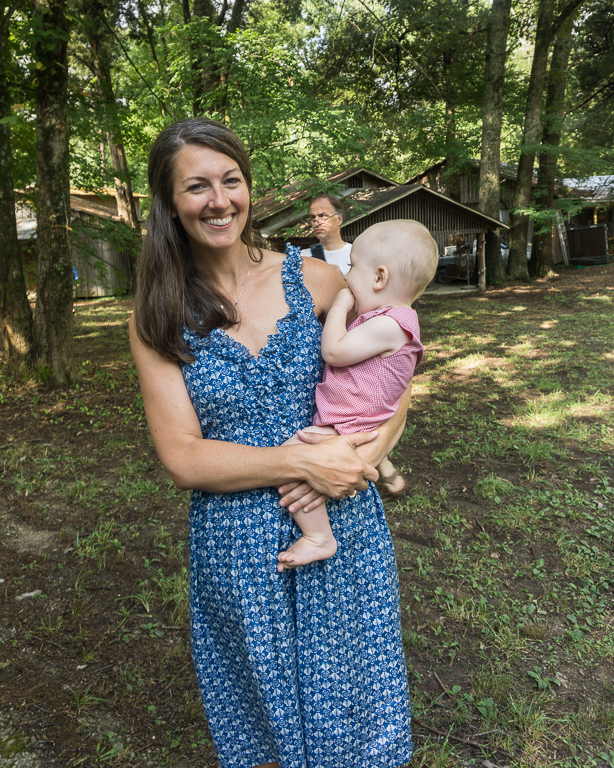 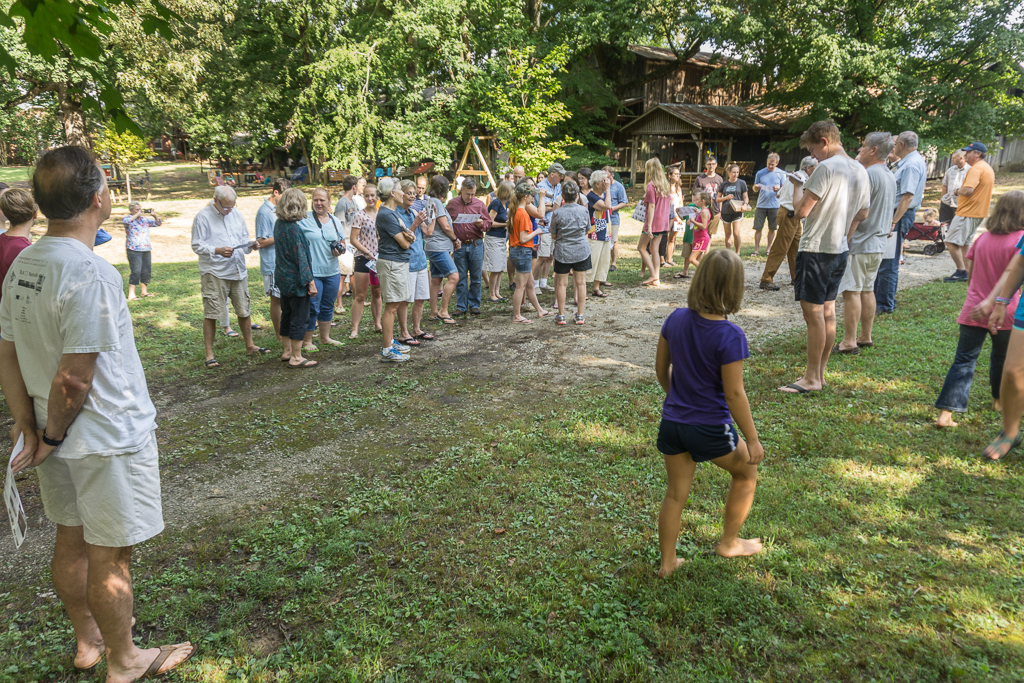 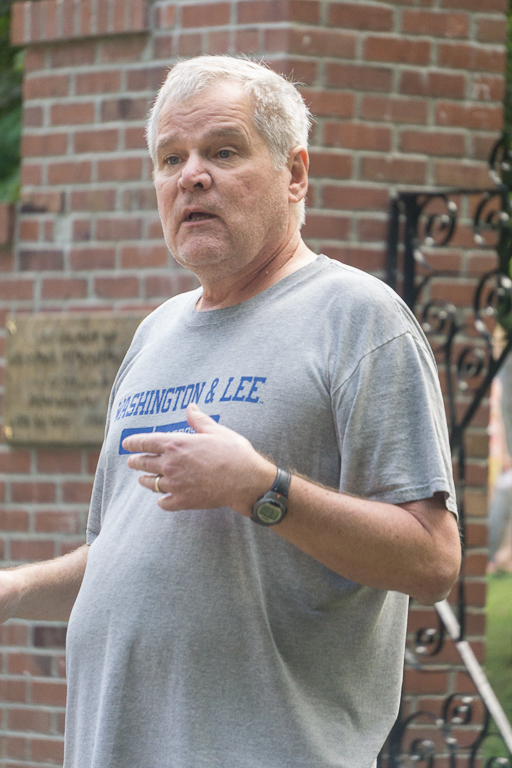 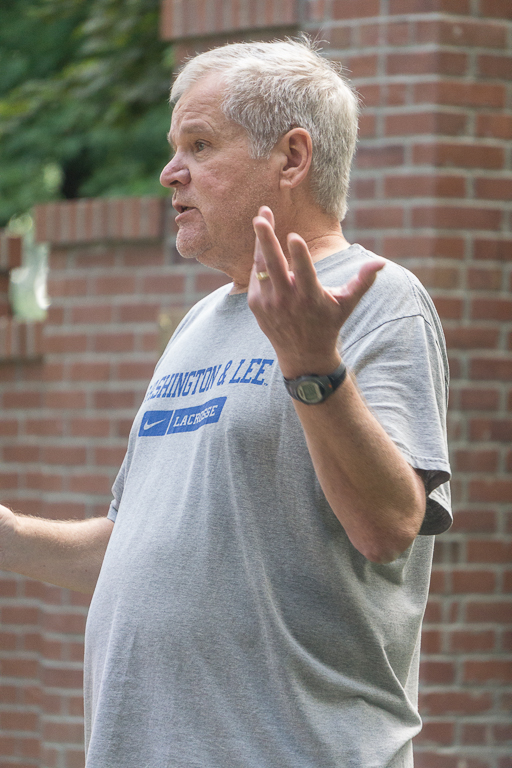  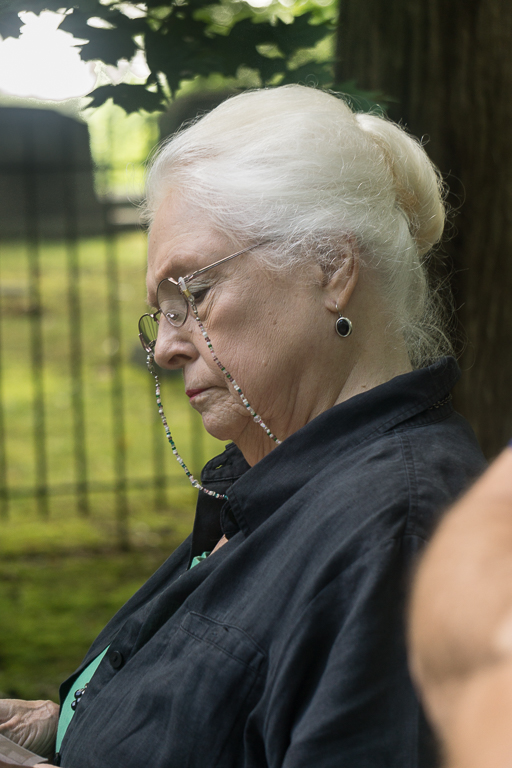 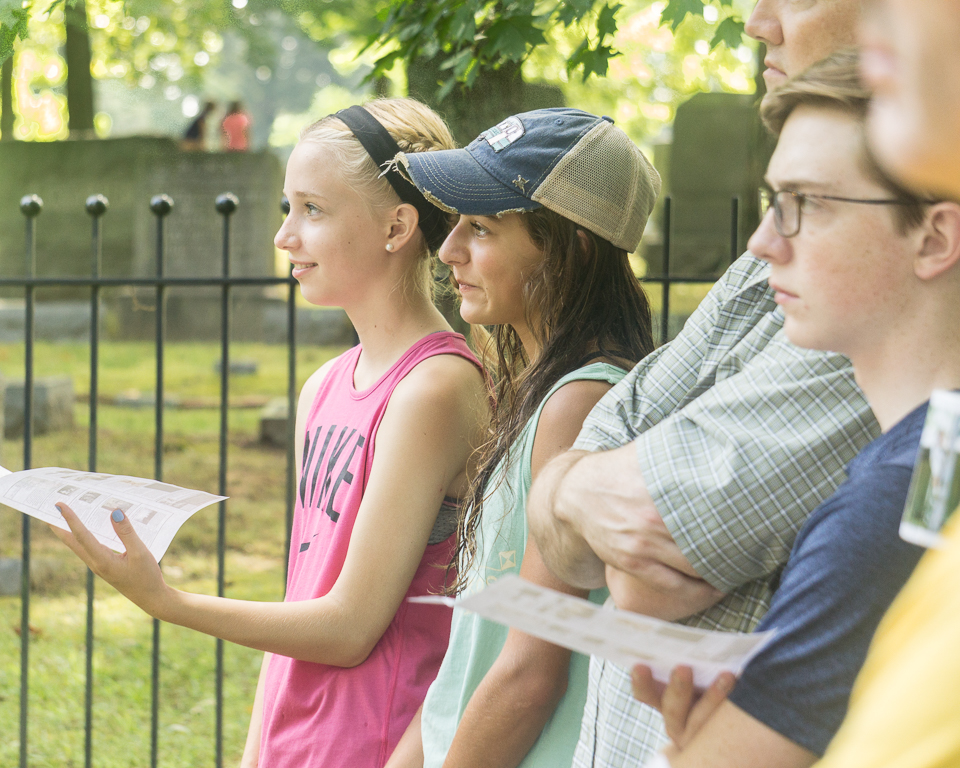 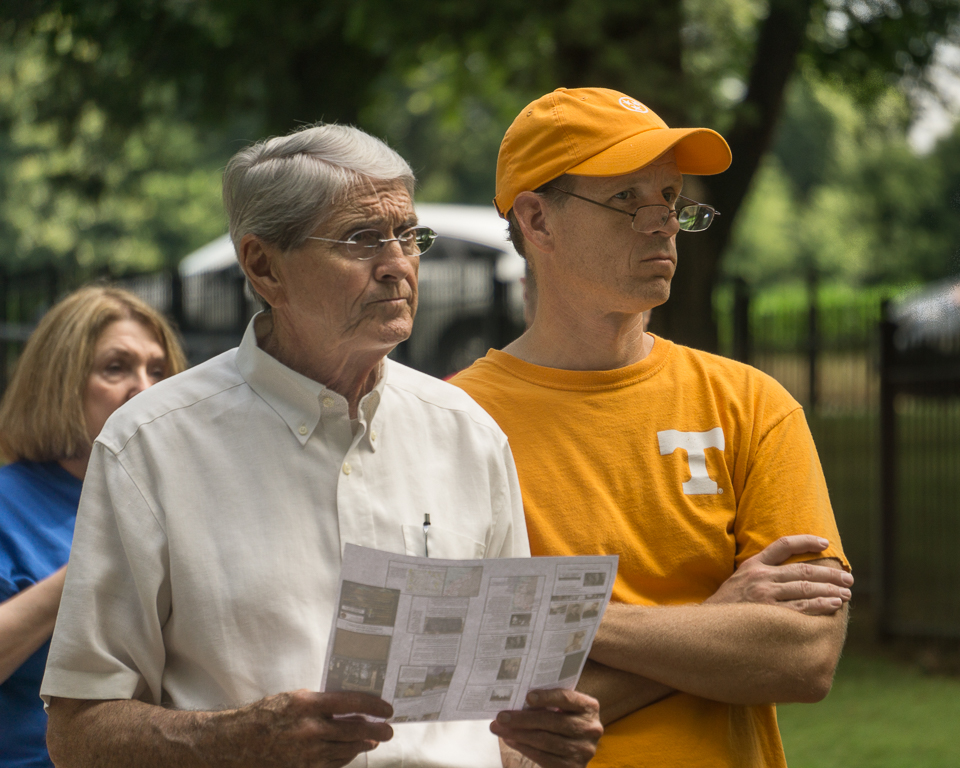 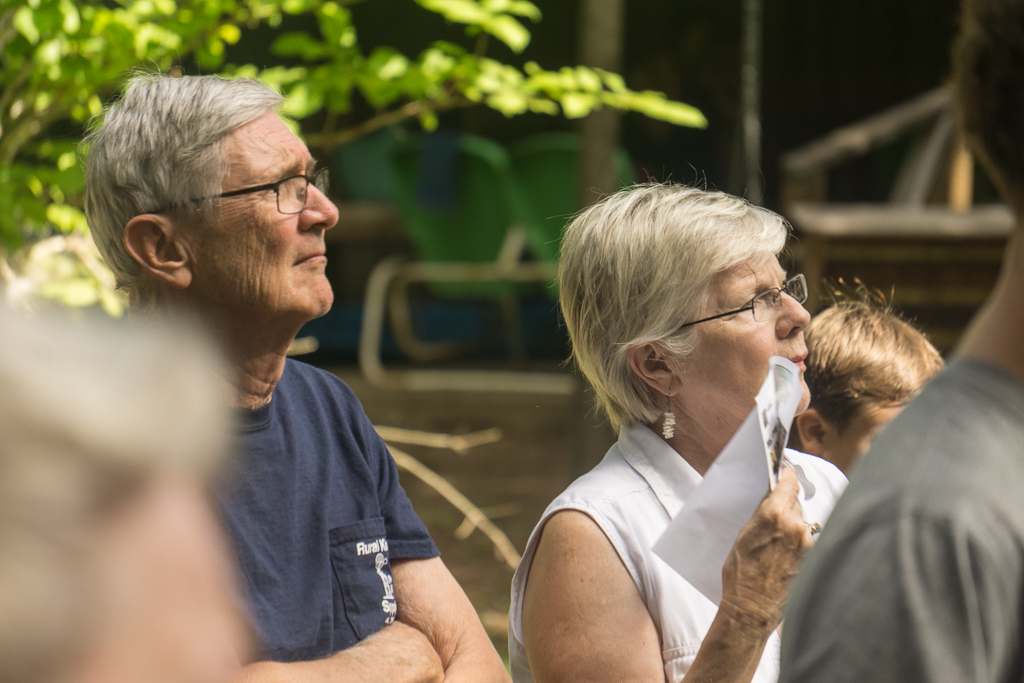 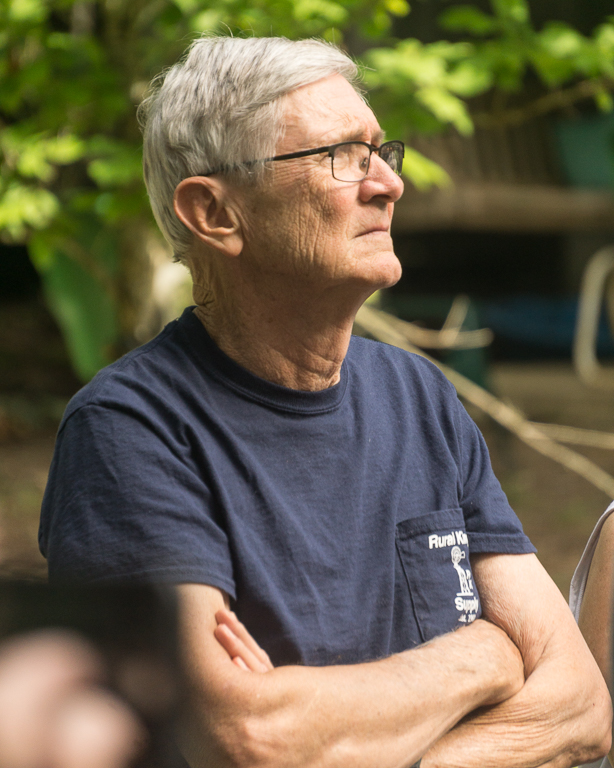   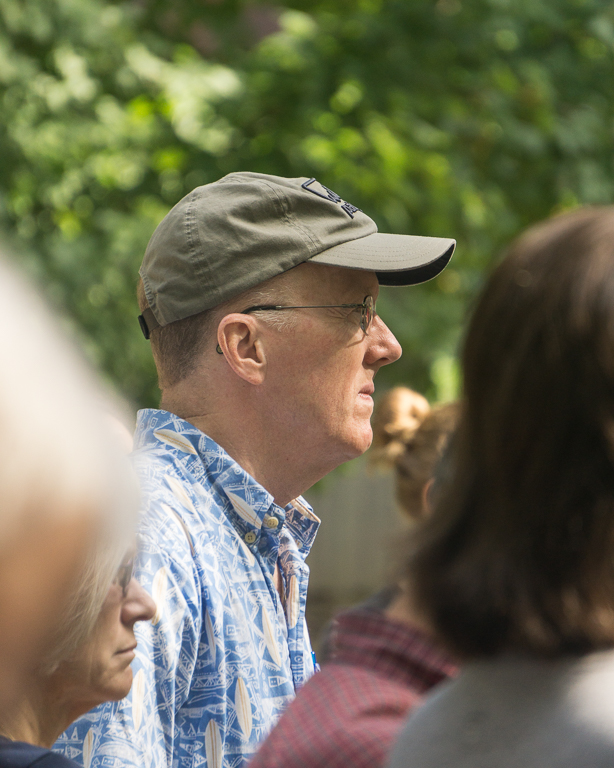  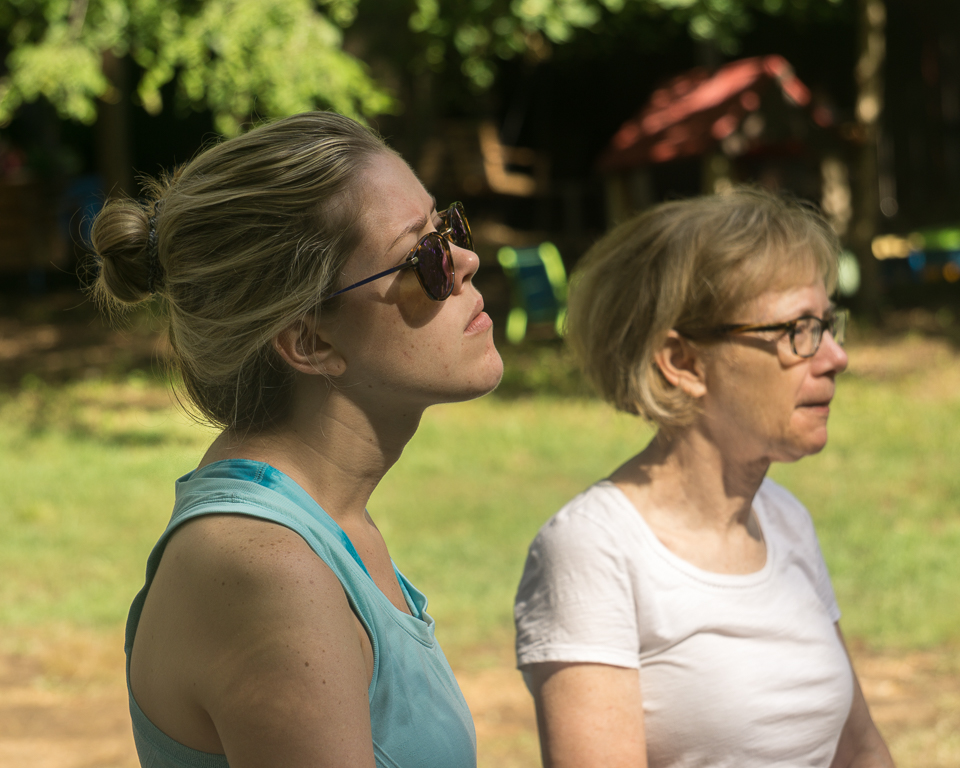 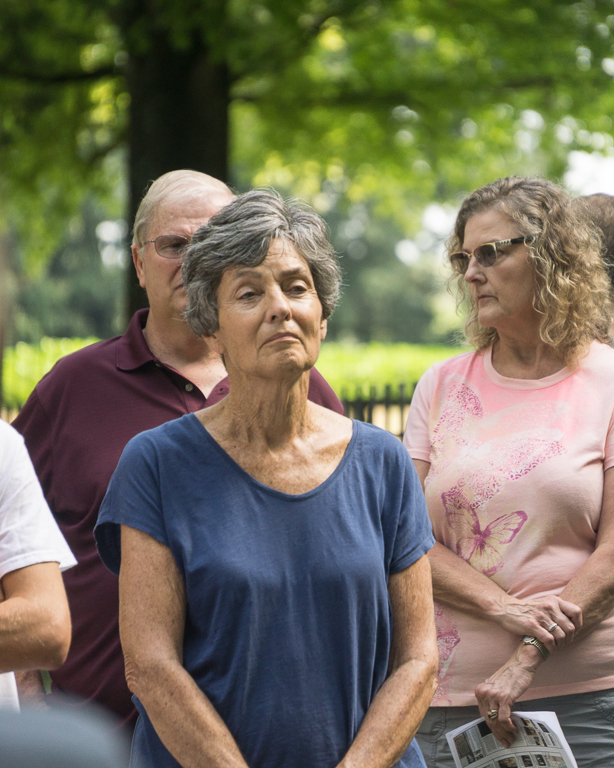    A PDF version of the handout that was shared at the ceremony can be downloaded as well. A 2-hour conversation with Vietnam veterans Allen Willyerd (USMC), Tony Milazzo and John "Doc" Nunn (Navy Corpsmen), and Randy Gensamer (USMC) was recorded and can be accessed here. All four served with Kilo Co., 3rd Battalion, 4th Marines, in Quang Tri Province, 1967-1968. A separate 2-hour discussion was recorded with former Captain Stewart Hall, who commanded Bravo Co., 230th Signal Battalion, Tennessee National Guard, and former PFC Mike English, both of whom deployed from Brownsville to Memphis following the assassination of Martin Luther King Jr. on April 4, 1968. That conversation can be accessed here. 2015-2016: Over 2015-2016 the Project raised over $34,000; these funds supported the April, 2016, "Conference at VMI: Anatomy of a War Experience. Vietnam, 1967-1968." Featured speakers for the one-day symposium included noted Vietnam War historian George Herring and Joe Galloway, distinguished correspondent and coauthor of We Were Soldiers Once . . . And Young. An audience of 200 packed the VMI venue, the Hall of Valor in Marshall Hall. The 10 individual presentations and the 1¾-hour panel discussion with Vietnam veterans from Kilo Co., 3rd Battalion, 4th Marines, can all be viewed (https://tinyurl.com/2016-Conference-VMI) on my YouTube channel. A large number of photographs from the event as well as a number of Conference resources can be found on this website, at The 2016 Conference at VMI. 2016-2017: During 2016 and 2017, the Project assembled a distinguished team of authors and scholars (Wake Forest University, UNC School of the Arts, Appalachian State University, University of Kentucky, National Humanities Center) for a major grant application to the National Endowment for the Humanities. The project title, "Dialogues on the Experience of War," reflected the intent to use sources from the arts and humanities to explore individual war experiences with military veterans. Though unsuccessful, one panelist's review noted the proposal's "strong historical content, strong experts (authors actually on the wars in question), and experienced experts . . ." 2016-2019: Over 2016-2018, I collected copies of 65 complete letters that Norman Lane wrote to close friends over the last 39 months of his life. Of these, 15 were written during officer training at Quantico and pre-Vietnam assignments. Eighteen letters came from Vietnam. In 2015 I started a separate website (https://alclaiborne.wordpress.com); the time line for many of the stories published there corresponds to the dates for specific letters that Norman wrote over the last 8 months of his life. In February, 2019, I generated a single annotated Index, with a table of contents, from which any of these stories can be accessed, as arranged by subject and/or time frame. The Index includes a brief introduction to each story, along with the corresponding link, and can be accessed here. The stories combine Norman's own perspectives with historical perspectives contributed by authoritative sources, and they also include the home-front perspectives of people in Norman's adopted hometown of Brownsville, including his high school students and relatives from the Taylors of Tabernacle family. In combination, these give a unique retrospective on a dramatic period of American history.
|
